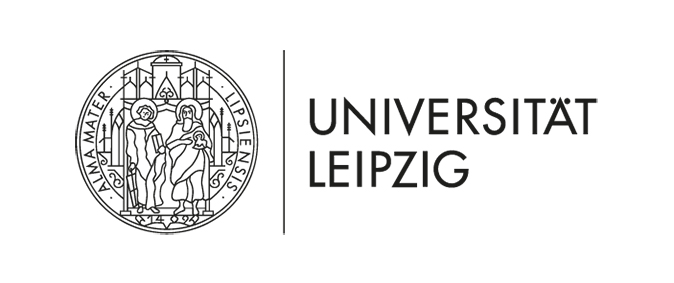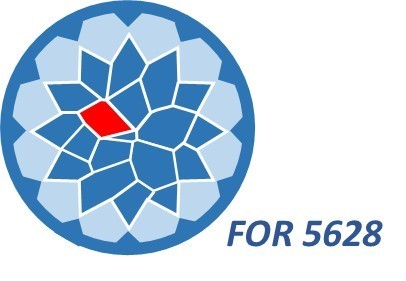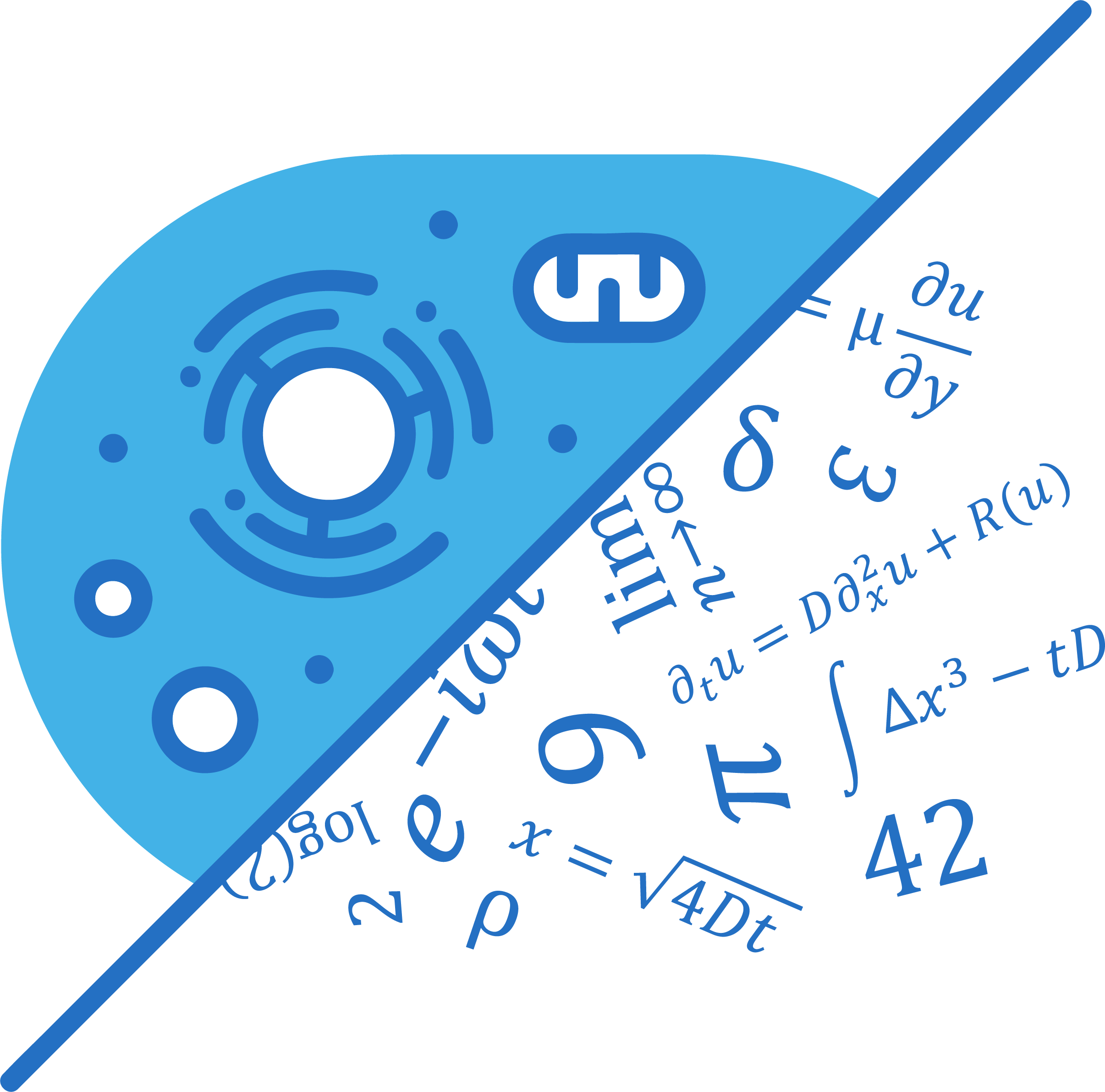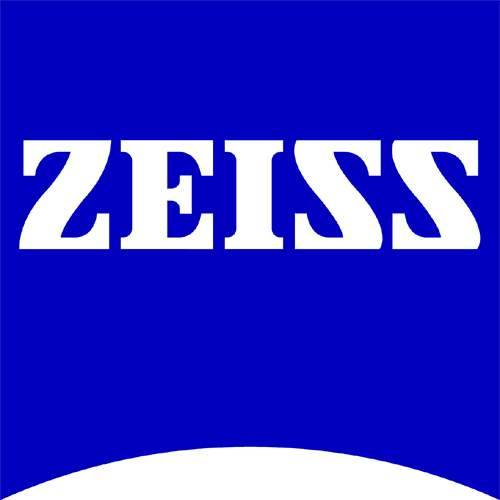|
15th Annual Symposium Physics of Cancer Leipzig, Germany Sept. 30 - Oct. 2, 2024 |
PoC - Physics of Cancer - Annual Symposium | |||||||||
|
|
Poster
HRas activation potentiates breast cell invasion by densifying and locally disrupting the basement membrane barrier
Forschungszentrum Jülich, Institute of Biological Information Processing 2 (IBI-2): Mechanobiology, Wilhelm-Johnen-Straße, Jülich, Germany
Contact:
Overactivation of the oncoprotein HRas is associated with increased tumor aggressiveness and invasiveness of breast cancer. A hallmark of cancer invasion is cell penetration of the basement membrane (BM) barrier and transmigration into the microenvironment. Previously, we demonstrated that tumor-like ECM stiffening and aberrant EGF signaling trigger actomyosin-driven cell contractility, eventually leading to increased mechanical BM stress and disruption [1]. This invasive transition of basoapically polarized, non-transformed breast gland spheroids (MCF10A-derived) is mediated by EMT-like cytoskeleton reorganization with formation of highly contractile actin stress fibers [2].
Inspired by these findings, we now investigated the impact of tumor-like HRas overactivation on BM disruption and cell invasion. Therefore, we generated BM-covered MCF10A_ER:HRasG12V spheroids, in which HRas hyperactivation can be pharmacologically induced at any developmental stage. We developed a traction force microscopy-based invasion assay to quantify the invasive outcome and the mechanical BM stress caused by actomyosin cell contractility. Activated HRas led to a significant invasiveness with a gradual increase on soft and rigid ECM stiffnesses. Unexpectedly, HRas-driven invasion was independent of elevated myosin II cell contractility, EMT-like actin stress fiber formation and MMP-driven BM-proteolysis. In contrast, highly resolved live cell imaging analyses revealed opposite cytoskeletal changes that preceded activation, leading to mechanical BM deformation and local disruption events. Firstly, HRas-activated cells that contacted the BM scaffold increased compactness by reinforcing the cortical actin cytoskeleton. Secondly, cortical pulling densified the entire BM scaffold barrier. The local outward pushing of distinct cells, initiating BM breaching and transmigration followed this eventually. Our study demonstrated that on tumor-resembling ECM stiffness, this newly discovered HRas mechanism resulted in a 100%-invasive outcome for originally non-invasive breast gland spheroids. At present, we are exploring the molecular bases of these processes.
|









